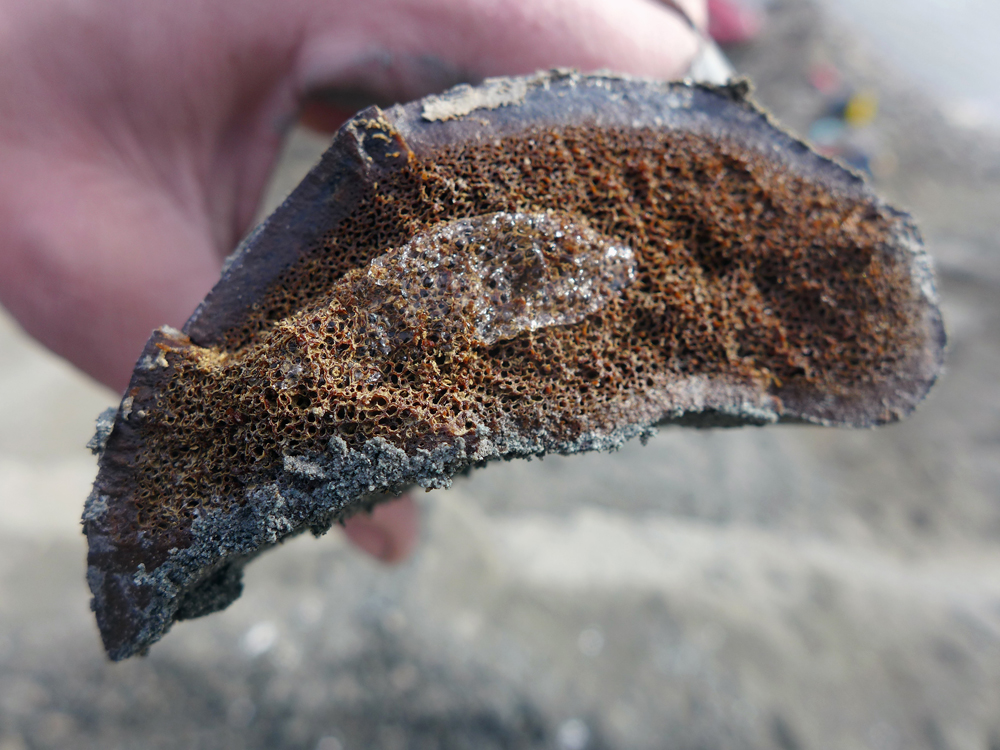ANCHORAGE — Researchers have uncovered a new species of plant-eating dinosaur in Alaska, according to a report published Tuesday.
The animal was a variety of hadrosaur, a duck-billed dinosaur that roamed in herds, said Pat Druckenmiller, earth sciences curator at the University of Alaska Museum in Fairbanks.
Northern Alaska likely was once covered by forest in a warmer climate. The dinosaur lived in darkness for months and probably experienced snow, researchers said.
The fossils were found in rock deposited 69 million years ago.
For at least 25 years, the fossils were lumped in with another hadrosaur, Edmontosaurus, a species well-known in Canada and the U.S., including Montana and South Dakota. The formal study of the Alaska dinosaur revealed differences in skull and mouth features that made it a different species, Druckenmiller said.
The differences were not immediately apparent because the Alaska dinosaurs were juveniles. Researchers teased out differences in the Alaska fossils, Druckenmiller said, by plotting growth trajectories and by comparing them with juvenile Edmontosaurus bones.
Researchers have dubbed the creature Ugrunaaluk kuukpikensis (oo-GROO’-nah-luk KOOK’-pik-en-sis). The name means “ancient grazer” and was chosen by scientists with assistance from speakers of Inupiaq, the language of Alaska Inupiat Eskimos.
The dinosaurs grew up to 30 feet long. Hundreds of teeth helped them chew coarse vegetation, researchers said. They probably walked primarily on their hind legs but could walk on four legs, Druckenmiller said.
Most of the fossils were found in the Prince Creek Formation of the Liscomb Bone Bed along the Colville River, more than 300 miles northwest of Fairbanks. The bed is named for geologist Robert Liscomb, who found the first dinosaur bones in Alaska in 1961 while mapping for Shell Oil Co.
Museum scientists have excavated and catalogued more than 6,000 bones from the species, more than any other Alaska dinosaur. Most were small juveniles estimated to have been about 9 feet long and 3 feet tall at the hips.
“It appears that a herd of young animals was killed suddenly, wiping out mostly one similar-aged population to create this deposit,” Druckenmiller said.
UA Fairbanks graduate student Hirotsugu Mori completed his doctoral work on the species. Florida State University researcher Gregory Erickson, who specializes in using bone and tooth histology to interpret the paleobiology of dinosaurs, also was part of the study. They published their findings in the “Acta Palaeontologica Polonica,” an international paleontology quarterly journal.
Researchers are working to name other Alaska dinosaurs.
“We know that there’s at least 12 to 13 distinct species of dinosaurs on the North Slope in northern Alaska,” he said. “But not all of the material we find is adequate enough to actually name a new species.”

